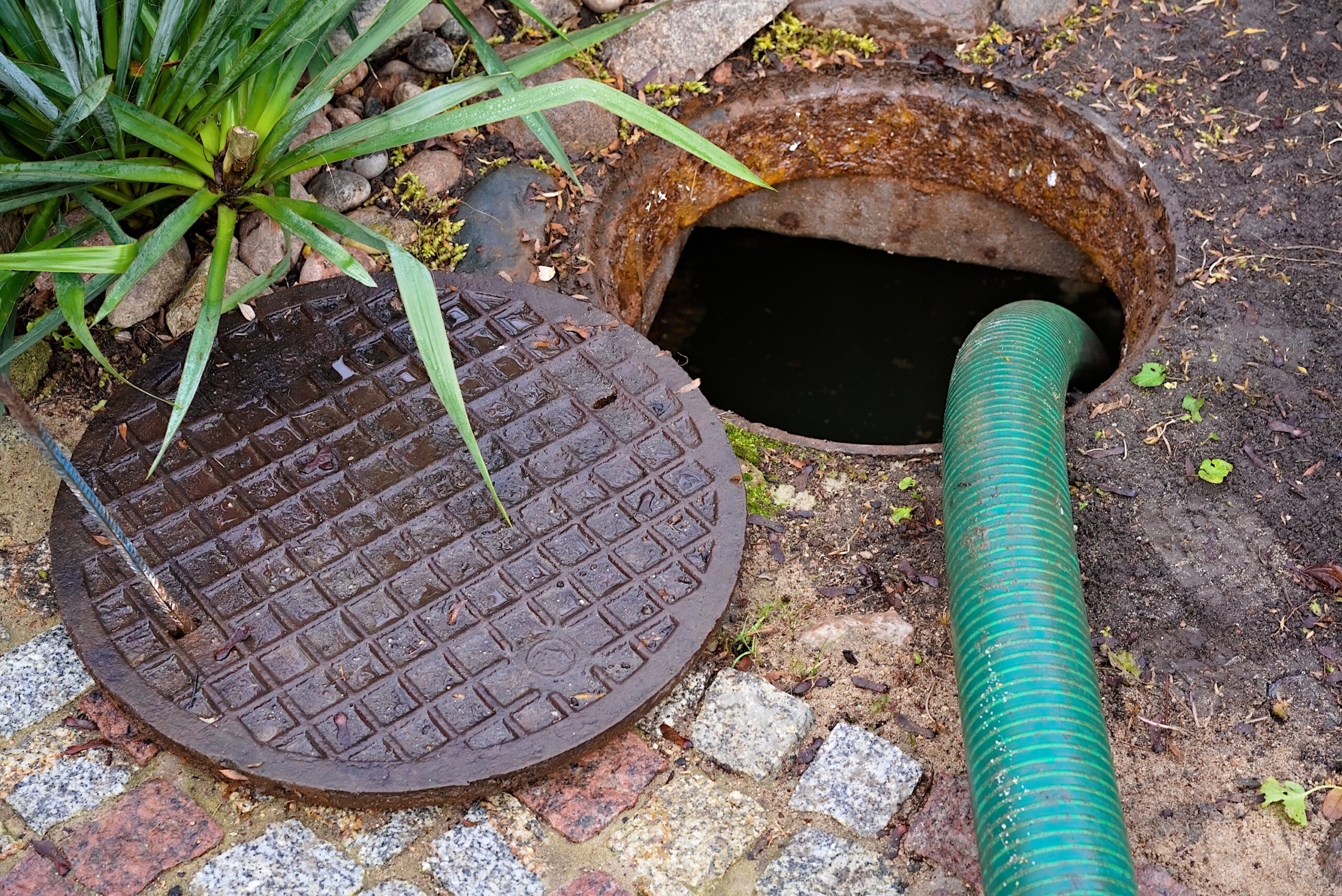The typical septic tank system incorporates a number of mechanical and physical elements that are necessary to break down household waste effectively. Homeowners should familiarize themselves with these basic components; a working knowledge of the septic system architecture can provide valuable insight into possible issues with its proper function. Here are some of the most important parts of the typical septic arrangement.
Sewer line
In homes connected to local or municipal sewers, this wide pipe leads directly into the sanitary sewage system. For septic system owners, however, the main waste pipe leads to the septic tank, a temporary storage system for wastewater and solid materials produced by the household.
Septic tank
Bacteria present in the septic tank break down particulate matter and effectively digest impurities in the water. The tank may have two or more chambers and may incorporate baffles to slow the passage of water through the system and increase the decomposition performed within the tank. Most septic tank problems are due to the following issues:
- Inefficient bacterial action inside the tank
- Blockages in the pipes leading to or from the tank
- Overflows due to overuse or rainwater seepage
- Failure to pump the excess materials and water when necessary
Incorporating an aerobic bacterial system can significantly increase the efficiency of most tank systems. Persistent overflows due to blockages or rainwater intrusion should be addressed by a competent septic system professional to determine the scope of the problem. Chemical additives generally are counterproductive and can even kill existing bacteria in the system, increasing the likelihood of the very problems they claim to treat.
Distribution box
One of the smallest and least understood parts of the septic system, the distribution box evenly apportions water from the septic tank into the various trenches that compose the drain field. Depending on the location of the drain field, mechanical pumps and siphons may be used to push this water upward into a mound-based leaching system. Blockages and clogs in the distribution box can result in one area of the drain field becoming overloaded with water while the remainder of the field is unused and ineffective. The distribution box should be examined for blockages or broken pipes each time the septic tank is pumped or whenever any other maintenance is performed. Additionally, any mechanical or electrical systems should be thoroughly inspected to ensure that they are performing properly and that no dangerous conditions exist that could present a hazard to homeowners or visitors to the property.
Drain field
The last link in the septic remediation chain is the drain field, also known as the leaching field or seepage field. This is where much of the hard work of water purification takes place. Consisting of trenches that contain perforated pipes resting on a gravel bed, drain fields allow water to flow through the gravel and into the ground below in a controlled way that allows maximum filtration of impurities and particulate matter. The water is then returned to the natural groundwater table and the septic process is complete. Flooding or standing water in the drain field can be caused by problems in the distribution box, broken pipes or simple overload of the field due to poor location, heavy rains or excessive water use for the size of the septic system.
By understanding these vital components of the septic system, homeowners can better determine the causes of problems and take steps to prevent them or to remediate them when they occur.











